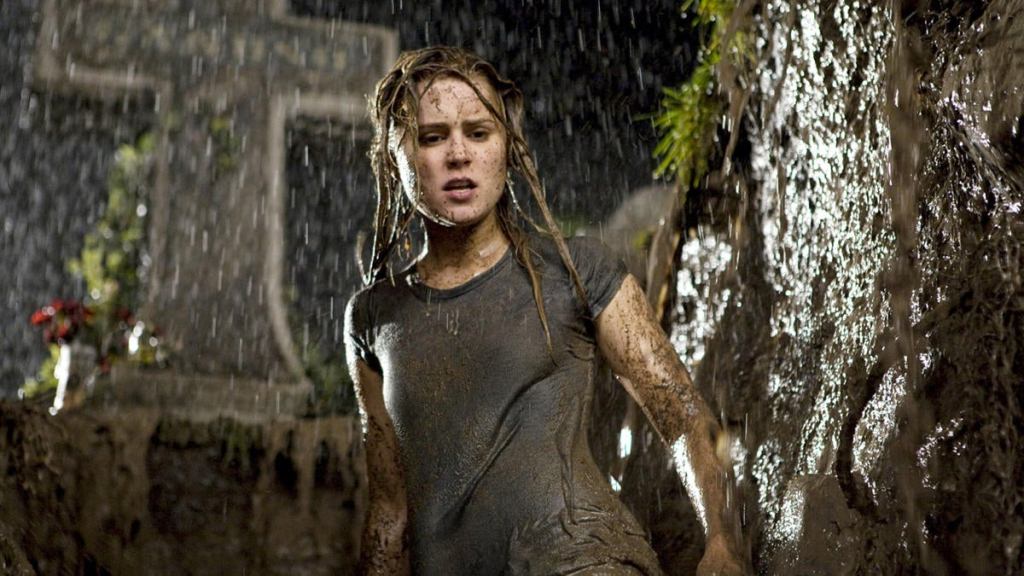Horror movies, despite how so many refuse to watch them, have been popular since the dawn of film itself. The House of the Devil was released in 1896 and is widely considered to be the first horror film ever made. And today, horror films continue to shock, terrify, and entertain audiences the world over. From Dracula to Psycho to The Exorcist to The Shining to Scream and beyond, it seems there will always be an audience for horror films. Something that these movies have developed a reputation for is that they are not for the faint of heart; the violence, the suspense, and the disturbing content generally make horror films suited for mature audiences.
Videos by ComicBook.com
However, this idea has become so pervasive that many film fans are quick to dismiss a horror movie that’s not rated R. If one is rated PG-13, they think it’s probably meant for kids. Yes, it’s true that some PG-13 horror films tend to be more on the lighter side of things, as filmmakers can only push the boundaries so much. But that doesn’t mean that movies with a lower rating should be looked at with derision or ridicule. Here, I will make the case that PG-13 horror movies deserve more respect.
There Are Already Great PG-13 Horror Movies

For starters, there are already a bunch of great PG-13 horror movies that have been made. 1999’s The Sixth Sense was a massive hit, and for good reason, as the movie blended powerful performances and moving drama with plenty of tension and shocking reveals. The Ring, from 2002, is an incredibly bleak film that’s oozing with dread. And the Quiet Place series takes a fun premise and wrings considerable amounts of suspense from it.
There are plenty of other amazing PG-13 horror films out there that any scary movie fan would appreciate, even if it meant that they were allowed to watch it as a minor without adult supervision.
[RELATED – One of the Best Horror Movies Ever Gets a New Streaming Home]
PG-13 Horror Movies Prioritize Suspense Over Gore

There are so many other aspects that go into making a horror movie great other than graphic violence. Tension, atmosphere, story, characterizations, pacing, music, sound – these and many other elements can, in the hands of a good director, be more than enough to scare the wits out of an audience.
In fact, I think it’s safe to say that too many R-rated horror films rely on blood and guts to get a reaction out of viewers. Working within the restrictions of a PG-13 rating forces filmmakers to be more creative and innovative without going for the often cheap approach of just throwing explicit violence at the screen and calling it a day.
More People Will Go to Them

Like it or not, film studios are on a mission to make money, and by releasing movies that are rated R, they will limit the amount of people who go to see them. But you can take minors to see horror movies that are PG-13 (a side benefit of which means you won’t have to call a babysitter). Not only that, audiences who may not have the stomach for a more extreme horror movie could be more willing to check out one with a lower rating, as they know it must not be too intense.
The PG-13 rating makes horror movies more accessible to a wider audience. And yes, it means it has the potential to bring in more money for studios, but it also means that younger audiences or those with a lower tolerance for gore can experience some thrills without the fear of being exposed to something that goes too far for their sensibilities.
If you skip out on a horror movie simply because it has a PG-13 rating, there’s a good possibility that you’re missing out on a thrilling viewing experience created by a filmmaker who dared to use their imagination over in-your-face violence. It’s a shallow reason to reject a movie, and not one that a true horror movie fan would have.
So come on, give PG-13 horror movies a chance. Who knows? Your next excuse to sleep with the light on for the next two weeks might come from a movie that the whole family can enjoy.








